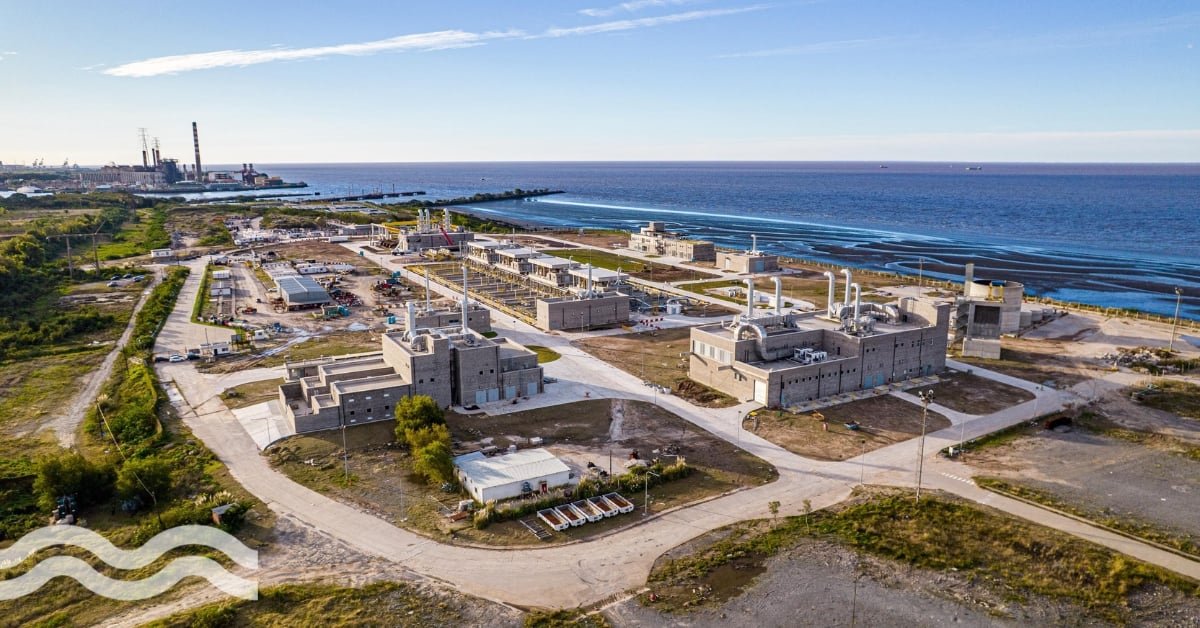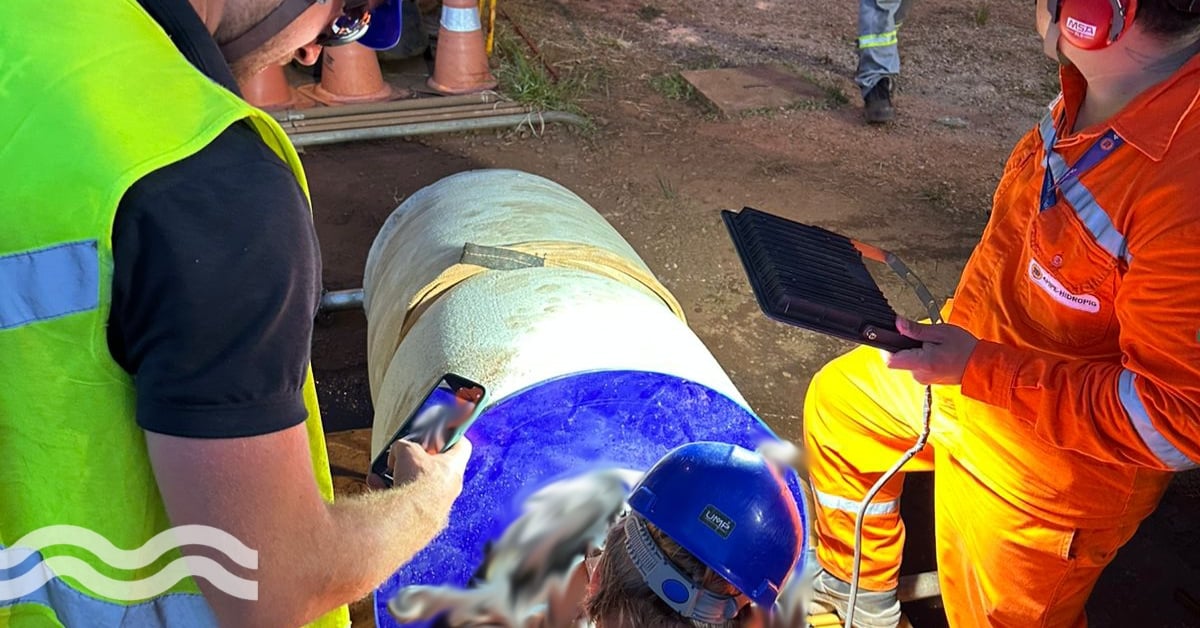Mexico: Opening the door to PPPs to invigorate water

A lack of public trust in Mexico’s drinking water suppliers has led to some of the highest levels of bottled water consumption in the world, even after significant improvements in service coverage, according to an insight report from Bluefield Research. We find out more.
Improving water management
While Mexico has significantly expanded drinking water coverage over the past few decades, only 43 per cent of the population uses safely managed drinking water services. Service providers across the board have been plagued by insufficient tariff revenues, further exacerbated by high leakage rates.
A new report from Bluefield Research has found that the Federal government in Mexico has prioritised drinking water, while scaling back total public investment in the sector. Federal, state, and municipal funds comprised almost 95 per cent of total investments in water and wastewater infrastructure between 2010 and 2020.
Since peaking in 2012, in response to one of the country’s worst droughts on record, government investment in the sector has decreased by 67 per cent due to budget cuts from the fall in oil prices and overall reduced government revenue.
“A water sector investment deficit in Mexico could open the door to more PPPs.”
For example, in 2020 investments targeting sewerage and sanitation were down by more than 50 per cent from the 10-year average. Meanwhile, potable water steadily increased from just 19 per cent of total investments in 2011 to over 41 per cent in 2020, despite reductions in the total amount invested.
Lead author of the report, Bluefield Research’s Charlie Suse, told Aquatech Online: “I think what stands out most here is the shift in public-private (PPPs) investment away from wastewater infrastructure towards water supply projects.
“As climate change and population growth continue to impact water supplies, the latest wave of PPPs reflects a greater emphasis on improving water management, large-scale desalination, and expanding monitoring systems, particularly in water-scarce northwestern states.”
Suse added: “Even as the focus of federal PPPs shifts toward water, wastewater service providers continue to struggle with low treatment levels, reliance on antiquated technologies, and a growing demand.”
Opening the door for public-private partnerships
A water sector investment deficit in Mexico could open the door to more PPPs, with the decade-long decline in government funding for water and wastewater infrastructure broadening the appeal for such partnerships.
“As Mexico’s population is expected to surpass 140 million by 2030, private investments in the sector could help accelerate adaptation and fill the treatment gaps left by inadequate and declining public investment,” added Suse.
“Private companies could see increased opportunities to leverage much needed investments in the wastewater sector.”
CONAGUA, Mexico Water Commission’s approved budget for 2023 is its largest ever with US$3.5 billion for water infrastructure projects. However, given the pressure to secure water supplies for drinking, agriculture and industrial uses, elected officials have demonstrated a greater willingness to engage the private sector.

PPPs already in development
In response to diminishing groundwater supplies and population growth, large-scale desalination projects are forging ahead by means of PPPs. A series of projects are currently in development and subsequent project announcements, with investments of approximately US$663.2 million, targeting water sector projects in the pipeline.
“Public investment in water infrastructure has struggled to keep pace with a growing population.”
Meanwhile, water pricing remains a major challenge for investors. Asian and Spanish engineering, procurement, and construction firms (EPCs) continue to dominate foreign investment in Mexico’s water infrastructure sector. Major foreign players Mitsui, Acciona, and Aqualia are currently developing PPPs totaling over US$166 million.
Investment by local private players, such as FYPASA, DYCUSA, and IDEAL, remains a driving force in the development of both small- and large-scale water infrastructure, often in consortia with these foreign investors.
The future
Climate change, competition for scarce water supplies, and service providers’ inability to recover costs are putting pressure on Mexico’s increasingly underfunded water sector. By 2030, demand for water in Mexico is expected to reach 91 billion cubic meters, while available supplies are predicted to meet just 75 per cent of demand.
Public investment in water infrastructure has struggled to keep pace with a growing population and is down 67 per cent since peaking in 2012.
While CONAGUA has received approval for its highest budget ever for water infrastructure 2023, these investments are likely insufficient to modernize the sector in the country without help from PPPs.


